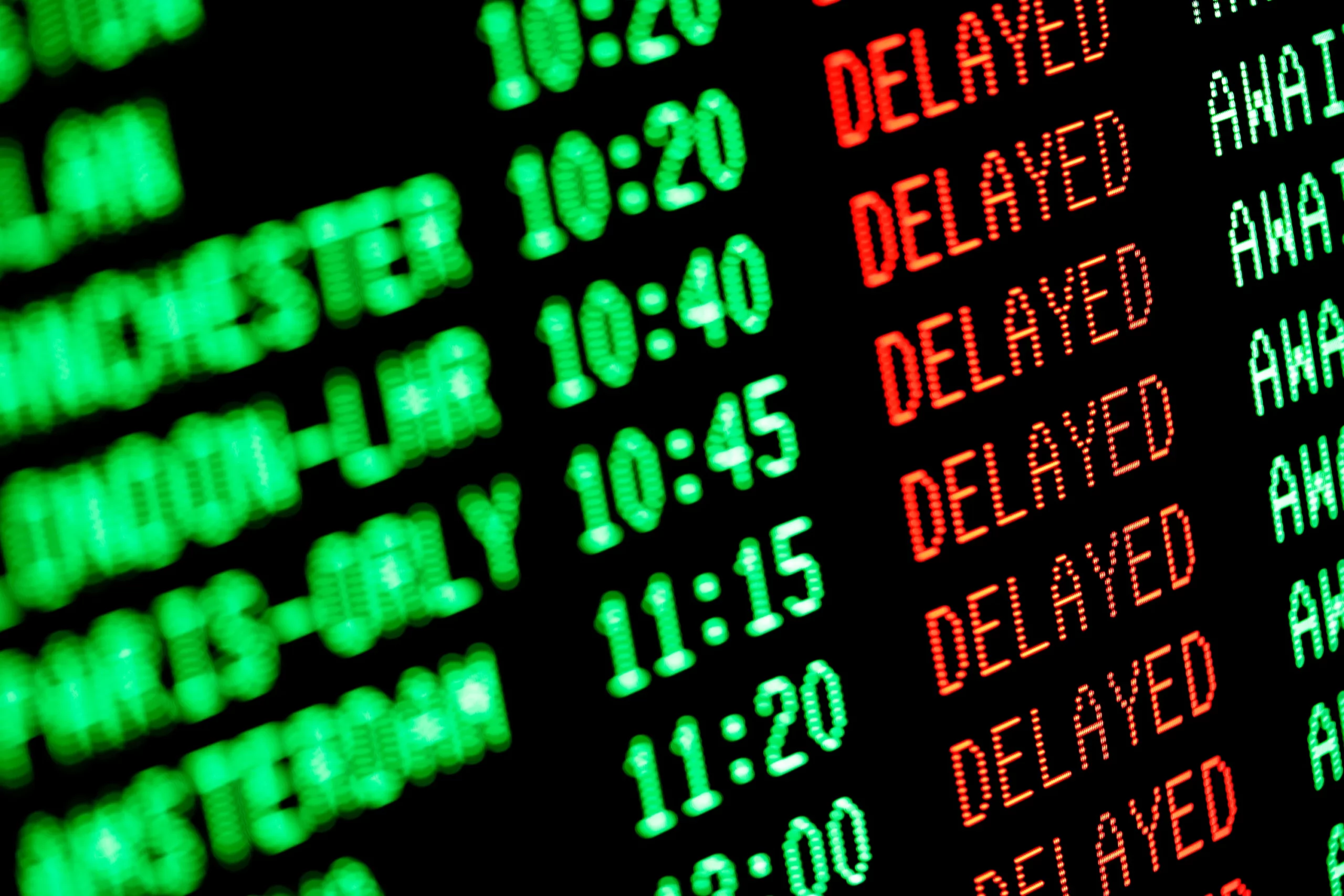
GettyImages 93466101 scaled
Alan Mulally won his first “corporate fame” leading the 777 team at Boeing. He went on to run Ford and did an excellent job while he was there. He had some great sayings, and the one I like best is: “The data sets you free.” What does the data tell us about this year’s US flight delays? The data suggests there’s enough blame for everyone involved; industry and government.
The FAA has a web page focused on their view of the matter and some data to support their position. The view from the other side of the industry would be Airlines for America (A4A), and we found this post on their blog.
The FAA claims and shows their data that the main reason is the weather. A4A concurs and notes in 2023 ATC delays due to staffing shortages. CNN offers this view focusing on the United meltdown at Newark.
The following chart uses 1995 as a base year and lists full-time airline industry employee equivalents (FTE) and flights in the US. The US airline industry has been slowly cutting back the number of FTEs for a long time. There was a surprising rise in FTEs as the industry went through consolidation. When the pandemic hit, traffic and flights collapsed faster than airlines could lay off employees. Traffic came back quickly with a much-desired V-shaped recovery. FTE numbers have also risen in sympathy.

Things are looking better then, aren’t they? Well, not really. We ended 2022 with an average of 18 flights per FTE. A ratio last seen in 2002. From an airline industry point of view, staffing ratios per flight are not where they might be.
What about ATC? Take a look here for Bureau of Labor (BLS) data. The FAA notes that the US has 5,000 aircraft in the sky on a typical day, with over 43,000 daily flights. The FAA has over 14,000 air traffic controllers handling this traffic. This is 34% less than the BLS estimate of 21.250. There are also 1,400 civilian contract controllers and over 10,800 military controllers who provide air traffic services for the NAS. The FAA is reported to be looking to hire another 3,300 air traffic controllers over the next two years.
One thing is clear – jobs that touch the commercial aviation system require special skills and some security clearances. That means the skill sets are not readily available, and the moving of people through security screening is slow and deliberate. Laying off people is far easier than hiring people in the commercial aviation sector. No matter where you stand on labor issues – there is no quick fix to upsizing the commercial aviation labor force.
How about airline operations? What does the data suggest could be behind the growing delays? Using the US DoT On-Time dataset to see what airlines reported. The big picture reveals that ATC is a problem (NAS delays). But the bigger problem is the late aircraft delay.

Looking at the industry using some key metrics, we get the following. Despite the FAA and A4A information linked above, the weather is not the big cause of delays using the DoT dataset. Late aircraft and carrier delays are far larger causes. The delay numbers listed in the table are average minutes. Carrier delay is an airline issue. NAS delays are ATC driven. Late aircraft could be a combination of weather, airline, and ATC. Weather alone impacts are insignificant.

Here’s what this looks like for each of the big US airlines. The first tables list average arrival delays, percent of canceled flights, and the number of delays reported by the airline. If the number of delays looks high, know that pilots can game the system to lower these.

Finally, a series of the top three causes of delays. Regular readers know the greener, the better. We’ve noticed this in other analyses; Alaska is a well-run business. Note Southwest has had some stumbles with late aircraft. Spirit consistently reports the most NAS delays.

The system is messy, with self-inflicted problems exacerbated by exogenous issues like weather. For example, if you have a staffing problem at ATC, the system has to run slower to ensure safety. If you’re short on pilots, you will run into delays getting crews where they need to be – there’s no slack in the system to absorb the little shocks that add up through the day.
Then in true Larson logic, this happens.
Views: 16




